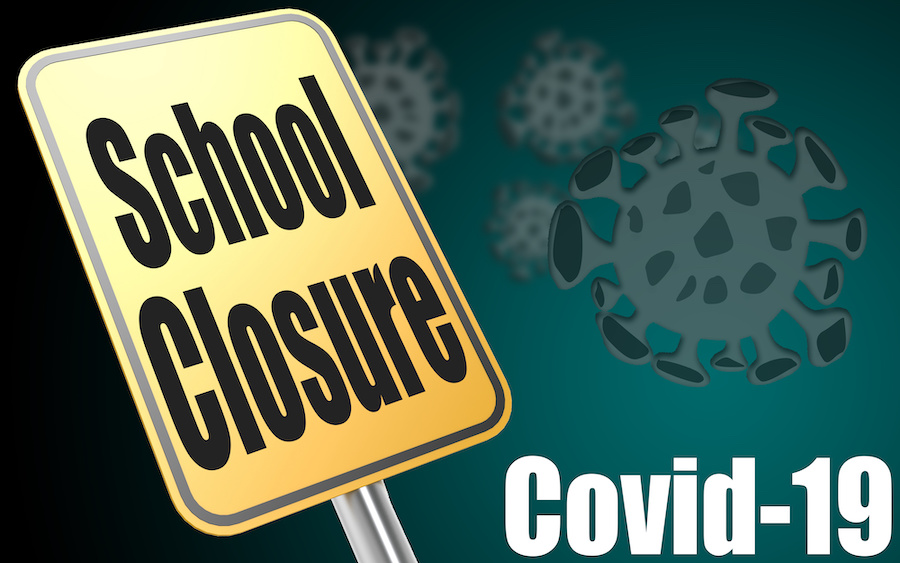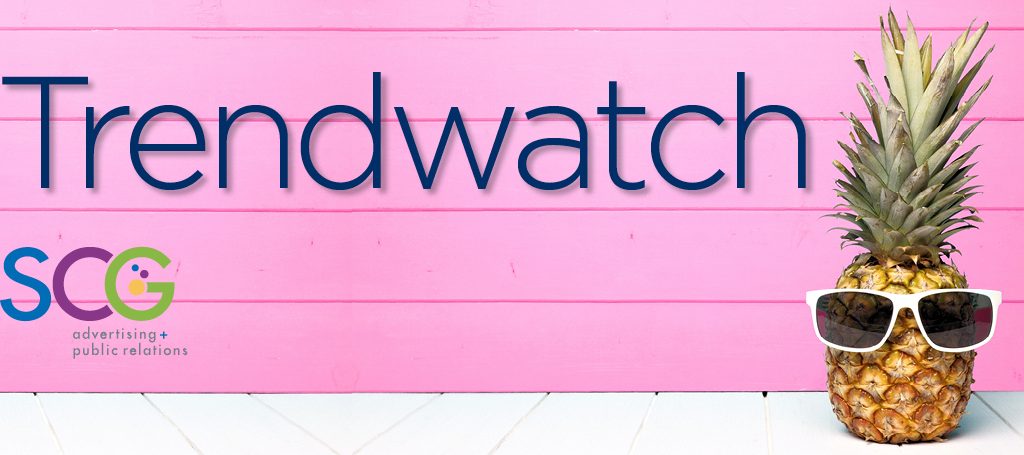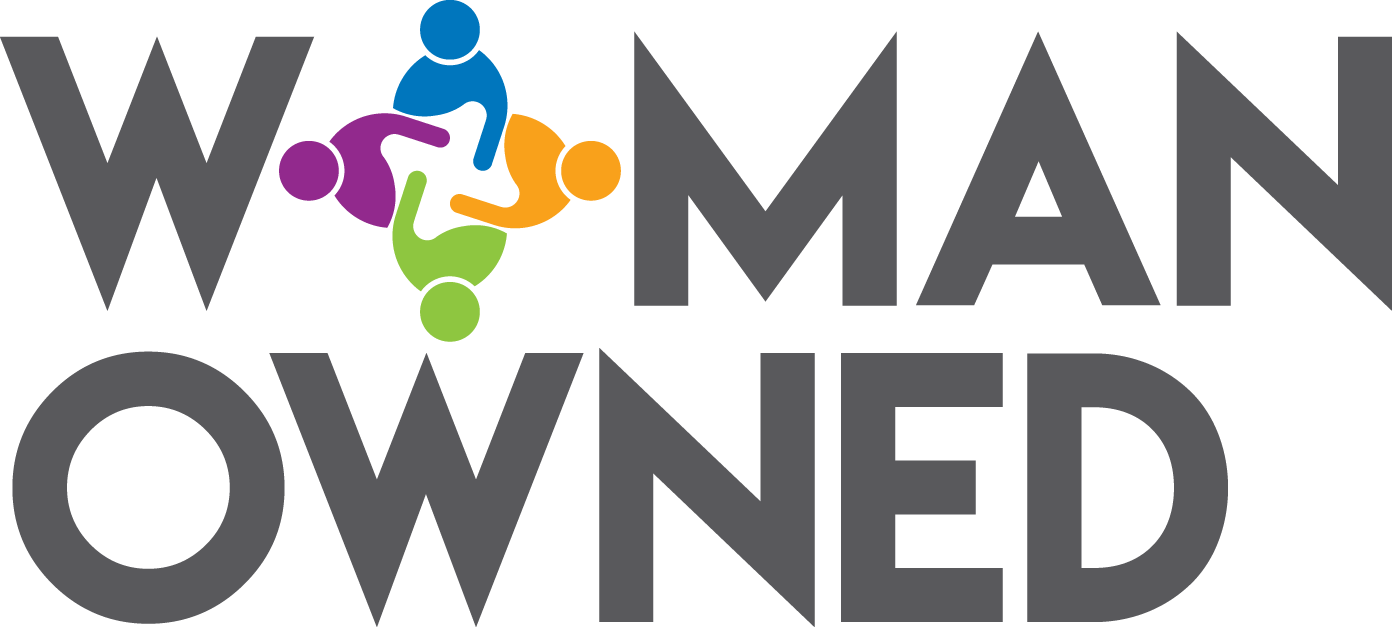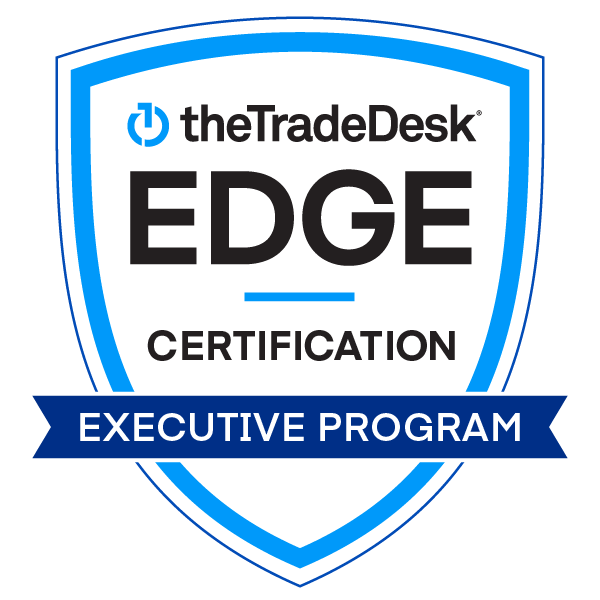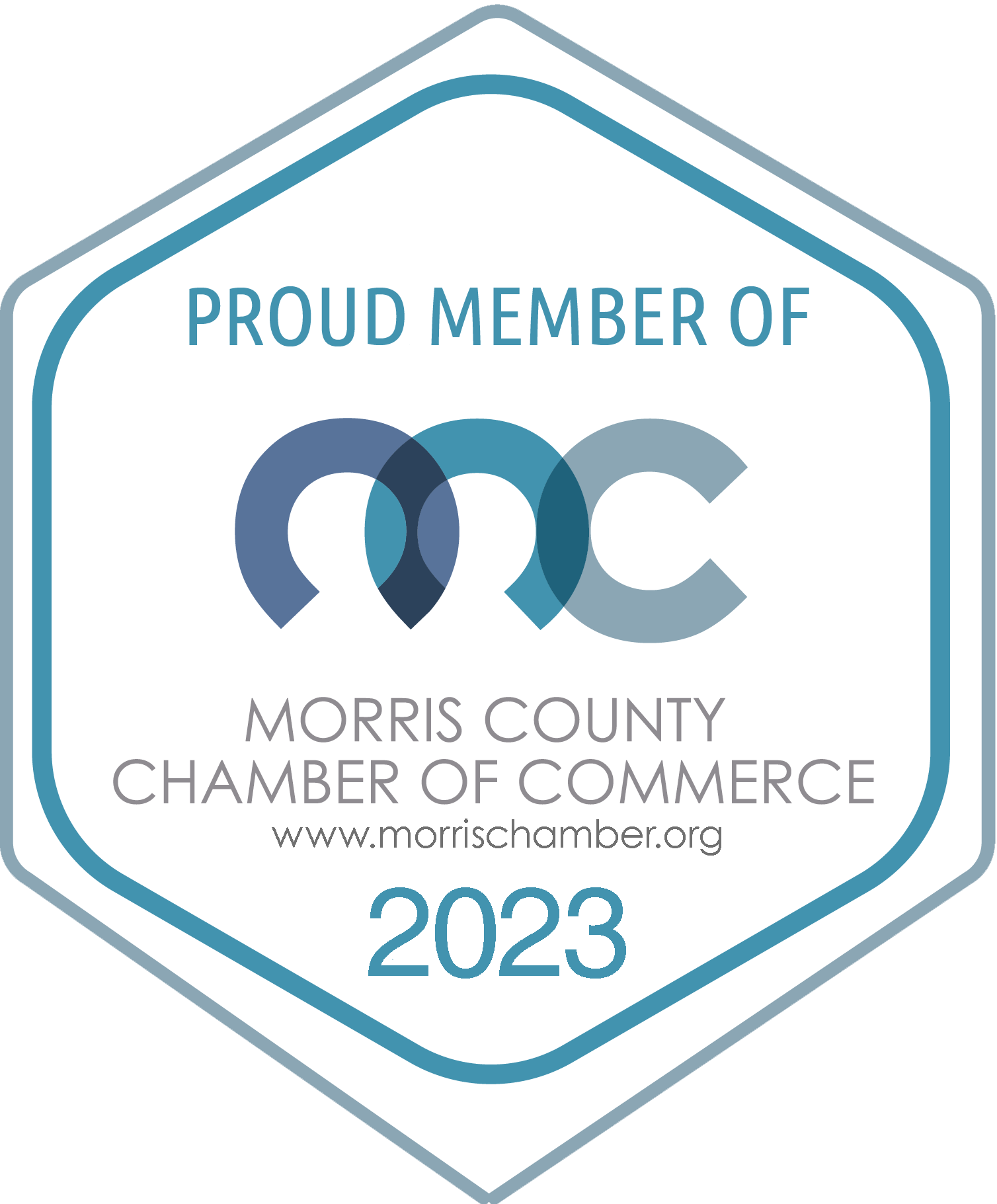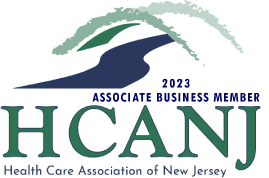 TikTok is relatively new to the social media landscape. And it could be gone next month.
TikTok is relatively new to the social media landscape. And it could be gone next month.
The US government recently gave the Chinese internet company ByteDance 45 days to sell TikTok or the app will be banned in the United States. Microsoft is negotiating to purchase the app, but serious competitors are moving in to steal its audience.
TikTok has been under scrutiny in the U.S. and around the world for months now over concerns that the Chinese government can access its user data.
India banned TikTok at the end of June, citing data security concerns. This was a massive blow, as India’s 200 million users were the company’s largest market outside of China. The app was banned on many U.S. government smartphones in 2019, and in early July, U.S. Secretary of State Mike Pompeo said that the U.S. was considering banning the app.
In late July, President Trump’s reelection campaign started running ads against TikTok on Instagram and Facebook. The ads state, “TikTok is spying on you,” and “WARNING: China is spying on you.” They lead viewers to a petition to ban the platform in the United States.
However, TikTok reportedly has more than 100 million U.S. users. Banning the app might result in anger toward the administration ahead of the presidential election. Allowing a company like Microsoft to purchase the app might be a win-win for the administration and for TikTok.
Such an acquisition would make Microsoft a major competitor in the social media market. Microsoft already owns LinkedIn and Xbox, but does not have a service that can compete with Facebook, Snapchat, or Twitter.
TikTok also recently launched TikTok for Business to increase the app’s appeal to advertisers. And if Microsoft successfully purchases the app, it could secure TikTok as a key platform for advertisers to reach young people.
Though Microsoft might keep the app in the United States, scores of TikTok creators and users have already left the app and found alternatives.
One rival, Triller, recently passed TikTok and Snapchat in the app stores. TikTok stars with tens of millions of followers have migrated to Triller. Many celebrities such as Cardi B, Chance the Rapper, and Eminem have used the app to spread their music. Triller has also raised hundreds of millions of dollars from investors. The company plans to use these funds to boost its marketing, improve its platform, and entice TikTok influencers to join the app.
Meanwhile, Byte, a new app by one of the creators of Vine, has seen a surge in downloads. On July 9, Byte passed TikTok in the Apple App Store, with 622,000 installations. The app’s audience is mostly Millennials and members of Gen Z who are fans of Vine, but it is also gaining users at TikTok’s expense. Dom Hofmann, Byte’s creator and one of the founders of Vine, aims to avoid the pitfalls that led to Vine’s demise in 2016. This includes ensuring that revenue is shared with content creators on the app. Byte lacks many of the features of TikTok, although the company has announced new updates which will give its users more options.
Both Byte and Triller’s downloads spiked at the end of July but their audiences are still far smaller than TikTok’s 800 million users. However, there is a TikTok competitor that already has a large audience: Facebook.
Facebook plans to compete in this arena with its new Instagram Reels. Unlike Byte, which emulates Vine, Instagram Reels will be more like a copy of TikTok.
Facebook plans to release Reels in the U.S. in early August. The company has already tested the feature in India, France, and Germany. On July 20, The Economic Times reported that Facebook signed a licensing agreement with the Indian Performing Rights Society. This will give Facebook and Instagram users access to music they can incorporate into videos they create on the platforms.
If Reels takes any substantial share of TikTok’s market, it will strengthen Facebook’s dominance over social media’s largest and most diverse audiences. For marketers, this would be another reason to invest in social media and digital advertising on Facebook’s platforms.
It’s still uncertain whether Facebook, Byte, or Triller will successfully topple TikTok, especially if Microsoft successfully acquires it. Marketers and advertisers should follow these companies to ensure they effectively reach young audiences.
James Neidhardt is currently a member of the SCG’s Amplify Team.




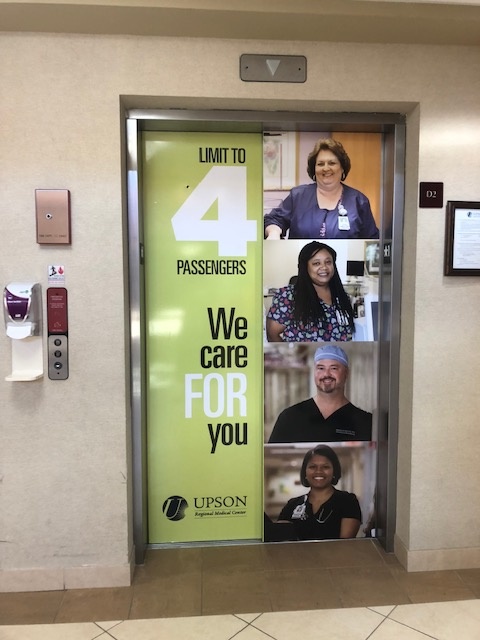



 TikTok is relatively new to the social media landscape. And it could be gone next month.
TikTok is relatively new to the social media landscape. And it could be gone next month.






